
The Future of Car Bodykits: Transforming Automotive Aesthetics and Performance
The automotive industry is undergoing a significant transformation, where aesthetics and performance converge to enhance the driving experience, and car body kits are at the forefront of this evolution. Recent reports indicate that the global automotive body kit market is projected to reach USD 1.5 billion by 2025, driven by the rising demand for customization among vehicle owners who seek both style and improved aerodynamics. Car body kits not only enhance the visual appeal of vehicles but also contribute to better overall performance, making them increasingly popular among automotive enthusiasts. With advancements in materials and manufacturing technologies, the future of car body kits promises innovative designs that cater to diverse consumer preferences, reflecting a growing trend towards personalization in the automotive landscape. As brands explore new avenues to meet these demands, the integration of digital tools and smart manufacturing processes will redefine the way car body kits are designed and produced, ensuring they remain a vital component of automotive culture.

The Evolution of Car Bodykits: From Concept to Modern Design
Car bodykits have undergone a remarkable evolution from their early conceptual designs to the sleek, performance-oriented kits we see today. Initially created to enhance aesthetics, these modifications now play a crucial role in improving aerodynamics and vehicle handling. As automotive technology advances, modern bodykits reflect an understanding of both form and function, allowing car enthusiasts to personalize their vehicles while also gaining performance benefits.
When selecting a bodykit, consider how it aligns with your car’s performance goals. Opt for materials like fiberglass or carbon fiber to reduce weight without sacrificing strength. Additionally, remember that proper installation is key; a poorly fitted bodykit can adversely affect your vehicle's aerodynamics. It’s also wise to check local regulations regarding modifications to ensure compliance.
As styling trends shift, the incorporation of elements such as splitters, diffusers, and side skirts has become common, each designed to enhance airflow and stability. Stay informed about the latest designs and innovations in the market to find a bodykit that not only reflects your personal style but also enhances your vehicle's overall performance. This combination of aesthetics and functionality is what defines the future of car bodykits.
Key Materials and Technologies Shaping the Future of Bodykits
The automotive industry is on the brink of a significant transformation, driven by advancements in materials and technologies that are reshaping car bodykits. As consumer demand for personalization and enhanced performance grows, manufacturers are increasingly turning to lightweight materials such as carbon fiber and advanced composites. These materials not only reduce vehicle weight, leading to improved fuel efficiency and handling, but also allow for intricate designs that elevate the aesthetic appeal of cars.
In addition to materials, technological innovations such as 3D printing and custom manufacturing processes are revolutionizing the bodykit market. These technologies enable the production of unique, tailor-made components that cater to individual preferences, fostering a new era of aftermarket customization. With the car body kit market projected to grow at a CAGR of over 4.1% from 2025 to 2032, it is evident that both aesthetics and performance are set to reach new heights. The integration of smart technologies into bodykits will further enhance vehicle dynamics, pushing the boundaries of what drivers can expect from their automobiles.
Impact of Bodykits on Vehicle Performance and Handling
The impact of bodykits on vehicle performance and handling has become increasingly significant in the automotive industry. According to a report by the Specialty Equipment Market Association (SEMA), vehicle modifications, particularly bodykits, have seen a 35% increase in consumer interest over the last five years. Bodykits play a crucial role in enhancing aerodynamics, which can lead to improved handling and stability at high speeds. An optimized aerodynamic profile can reduce drag coefficients by up to 20%, allowing vehicles to achieve better fuel efficiency and enhanced cornering capabilities.
Furthermore, advanced materials used in bodykits, such as carbon fiber and reinforced plastics, contribute to weight reduction without compromising structural integrity. As highlighted by a recent study from the Society of Automotive Engineers (SAE), a reduction of just 10% in vehicle weight can improve acceleration by approximately 4-5%. This weight-saving characteristic paired with aerodynamic improvements underscores how bodykits can significantly transform a vehicle's performance metrics, making them a preferred choice among car enthusiasts and performance drivers alike.
The Impact of Bodykits on Vehicle Performance and Handling
Popular Bodykit Examples: Aesthetic Trends and Innovations
In the ever-evolving world of automotive design, bodykits have emerged as a key element in transforming both the aesthetics and performance of vehicles. Today's bodykits are not merely cosmetic enhancements; they serve dual purposes by improving aerodynamics while reflecting the owner’s personal style. For example, the use of aggressive front bumpers, side skirts, and rear diffusers not only lends a more dynamic look to cars but also optimizes airflow, enhancing traction and speed.
Popular bodykit trends showcase the fusion of form and function, with manufacturers incorporating lightweight materials like carbon fiber to reduce weight without sacrificing durability. Innovations in modular designs allow enthusiasts to customize their vehicles with ease, offering a range of options from subtle tweaks to bold transformations. Notable examples include wide-body kits that create an imposing stance and advanced hard-body designs that elevate the aesthetic appeal while improving overall vehicle handling. As technology progresses, the future of bodykits promises even more exciting developments, ensuring that automotive enthusiasts can continually redefine their rides.

Customization Trends: How Bodykits Reflect Personal Style
In the realm of automotive culture, bodykits have emerged as a powerful expression of personal style and individuality. Today’s drivers are no longer satisfied with factory aesthetics; they seek to personalize their vehicles to reflect their unique identities. Customization trends are increasingly leaning towards bodykits that not only enhance the visual appeal of cars but also improve their aerodynamic performance. From sleek lines to bold accents, these modifications allow enthusiasts to curate a look that is distinctly their own, turning ordinary vehicles into striking statements on the road.

The rise of social media platforms has further fueled this trend, as car enthusiasts showcase their customized vehicles to a global audience. Whether it’s a sporty stance that conveys aggression or subtle enhancements that exude sophistication, bodykits provide a canvas for creativity. As manufacturers continue to innovate, the variety of materials, designs, and functionalities will expand, allowing for even greater personalization. This shift toward customization not only transforms the automotive landscape but also creates a deeper connection between drivers and their cars, emphasizing the importance of individuality in an ever-evolving industry.
Related Posts
-
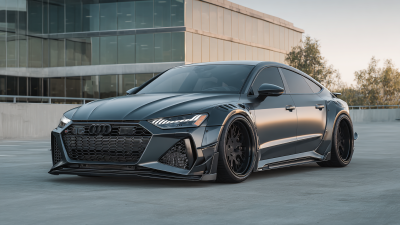
Harnessing the Advantages of the Best Audi Body Kit for Your Vehicle
-
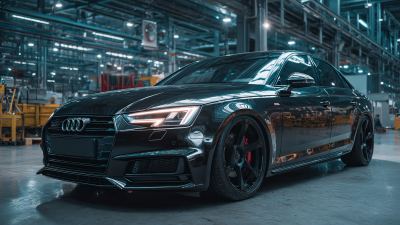
Unmatched Quality in Audi Bodykits: Why Global Buyers Trust Made-in-China Solutions
-

Front Bumper Problems: Addressing Common Issues Faced by Global Buyers
-
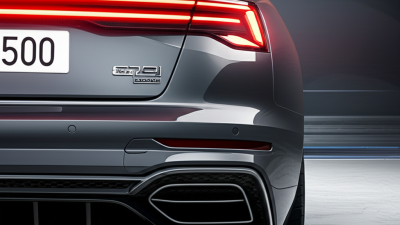
The Future of Automotive Enhancements: Innovating with the Best Audi Rear Bumper
-
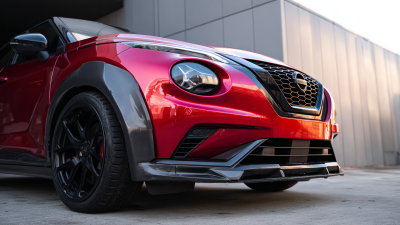
Bumper Front Comparison Analysis Unveiling Performance and Durability Differences
-
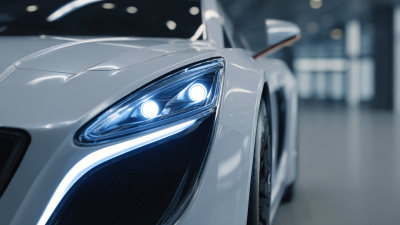
Future Innovations in Car Front Bumper Technology for 2025



